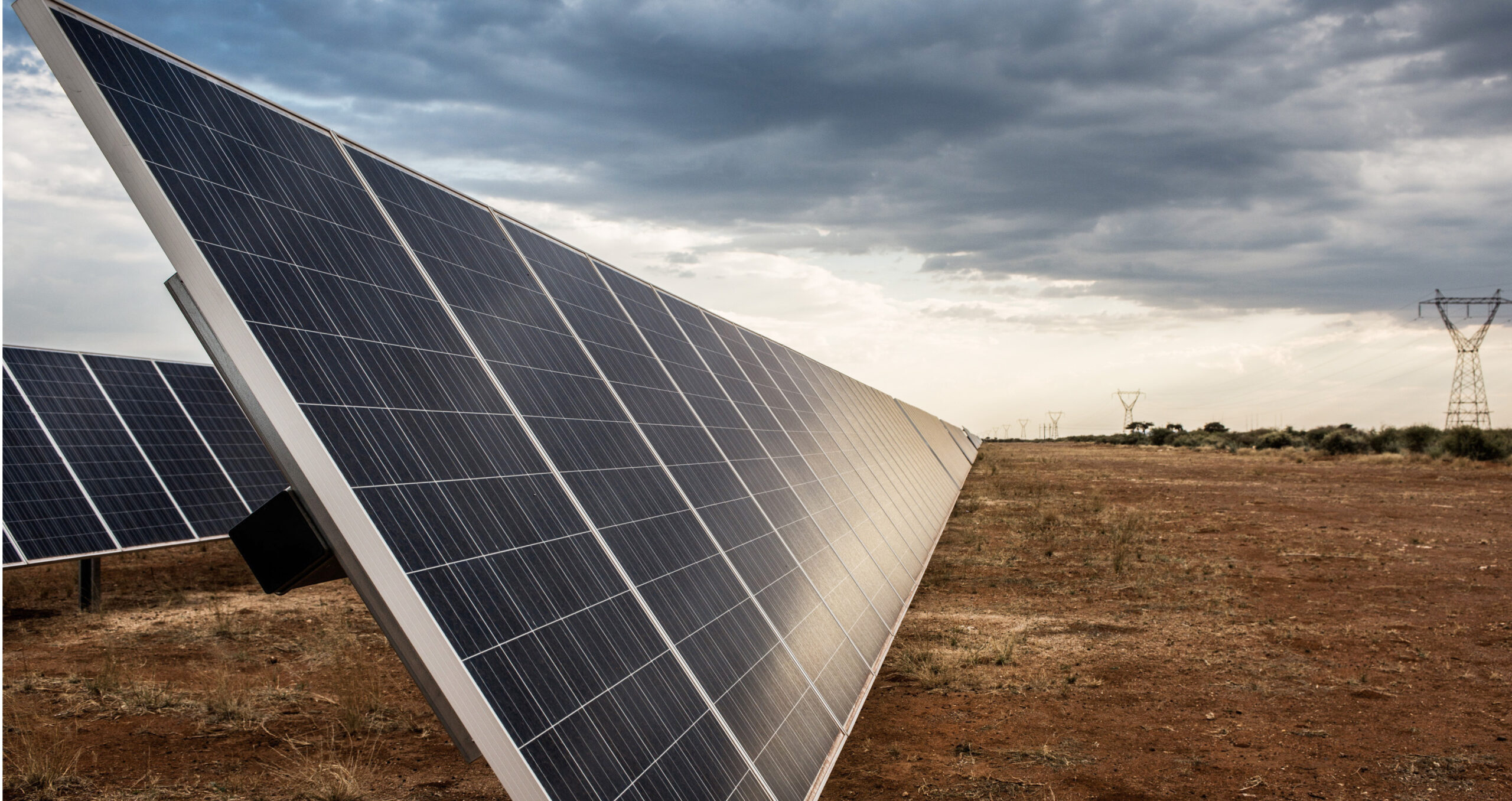
Climate action can be a great unifier – if we put it in motion

With climate action seemingly failing to meet the Paris Agreement’s 1.5C target, we need to focus collectively on transformative solutions that will secure greater stability, security and equality for all
In a world overwhelmed by crises and fragmentation, we need to look at climate action as a unifying thread leading to a healthier, safer, more equitable future for all.
The sooner we tackle climate change, the further we will go to develop sustainably and overcome food insecurity, the loss of natural resources such as land and water, social inequalities, mounting national debts and other crises.
It is easy to focus on how climate action is failing to meet the Paris Agreement’s goal of limiting global warming to 1.5C. While developing countries struggle to access finance, technology and capacity-building, climate change impacts are intensifying – record-shattering heat in 2023, deadly storms in Central America, east Asia and China, a year-long drought in Africa, and more.
Staying within 1.5C requires us to halve emissions, build adaptation and resilience and end nature loss by 2030, and reach net zero emissions by 2050.
Still, a lot has changed since the 2015 Paris Agreement set a framework through which countries assess progress and ramp up action. The UN’s COP26 climate conference in the UK in 2021 strengthened collaboration across the public and private sectors, and COP27 in Egypt in 2022 bridged the divide between climate and sustainable development work.
We begin the COP28 conference in the United Arab Emirates, from November 30, with a solid foundation from which to spearhead an inclusive and just transition. This is the moment for national and local governments, businesses, financiers, civil society, youth and marginalised communities to accelerate the implementation of solutions between now and 2030.
A shift in solutions
Overall, the process must give a voice to people on the frontlines of climate change, including the indigenous peoples who protect 80 per cent of biodiversity, the farmers who produce the food on our tables, and the women who are responsible for feeding their families. Specifically, it requires a shift in three transformative solutions, in line with the UAE presidency’s stated vision.
The first is to provide and mobilise accessible, affordable finance at scale. For developing countries that are most in need of investment, the current global financial architecture is inefficient, insufficient and unfair.
Developed countries must fulfil their pledge to mobilise $100bn a year through to 2025, as the past failure to do so has eroded trust. This is a first step towards reaching the $1tn a year of external finance that emerging markets and developing economies (excluding China) need by 2030, as projected by the Independent High-Level Expert Group on Climate Finance.
Progress is afoot. The UAE in September pledged $4.5bn for climate projects in Africa – now we need a platform to distribute that finance. Over the past two years, the UN climate change high-level champions have worked with the COP27 and COP28 presidencies and UN Regional Commissions to showcase more than 400 investable projects in developing countries, and match their developers with investors.
In Egypt, the government’s Green Smart Projects initiative is shoring up investments in grassroots, practical solutions at the local level.
The second solution is to fast-track a just, equitable transition to clean energy. Reaching net zero emissions requires us to triple renewable energy capacity and double energy efficiency by 2030, says the International Energy Agency. This action should go hand in hand with providing access to reliable, affordable and clean energy to the 760mn people who still lack it.
Stronger, more targeted collaboration between high-emitting sectors would make this transition faster, easier and cheaper, shows a report by the IEA, the International Renewable Energy Agency and the high-level champions. Green hydrogen also needs to be turbocharged as an alternative fuel for heavy industry and transport. Africa’s solar power, for example, could produce 50mn tonnes of green hydrogen by 2035 with €1tn of investment, creating jobs and boosting national gross domestic product, says the European Investment Bank.
The third transformative solution is to put nature, people and livelihoods at the heart of climate action and sustainable development. Nature-based solutions already capture half of today’s anthropogenic greenhouse gas emissions and could provide one-third of the necessary emissions reductions by 2030, while also enhancing adaptation and resilience. Half of global GDP is estimated to be directly or indirectly linked to nature.
Reverse deforestation
A 2021 pledge by 100 countries to halt and reverse deforestation by 2030 brought the climate and nature agendas closer together. The “Sharm El-Sheikh adaptation agenda”, launched in 2022, set the first targets for building adaptation and enabling planning and finance across key areas – including for food, water and oceans.
COP28 can build on this momentum by leveraging the benefits of nature-positive business for climate action and sustainable development, and strengthening engagement from the private sector, governments and civil society.
By advancing action on these three fronts, we will begin to break a spiral in which climate change impacts exacerbate global crises, and crises accelerate climate change.
The sooner we seize on climate action as a global unifier, the faster we will secure greater stability, security and equality for all.
Mahmoud Mohieldin was the UN climate change high-level champion for COP27, and Razan Al Mubarak is the UN climate change high-level champion for COP28
Similar Articles

How the private sector can help finance sustainable farming and food systems

Why local elections can change the course of climate action


